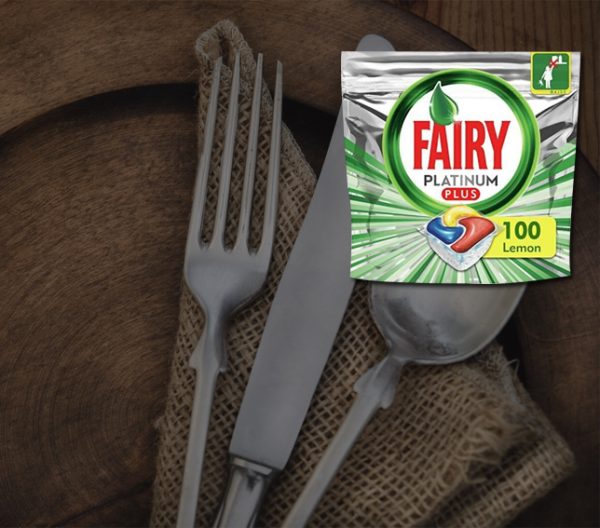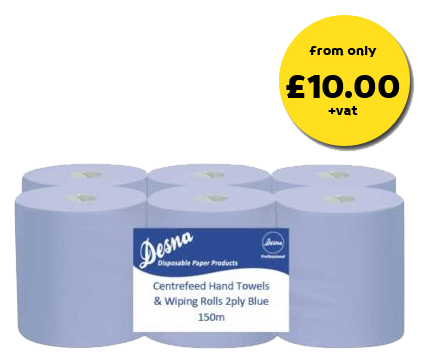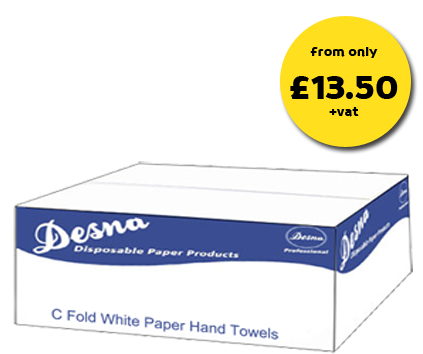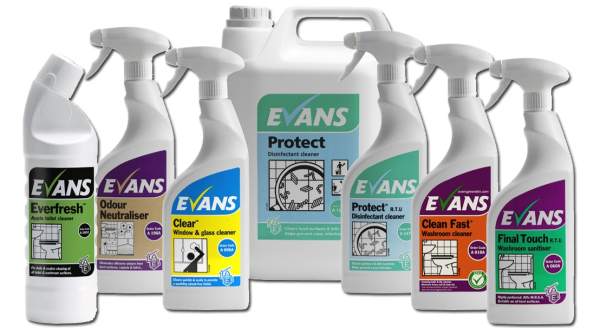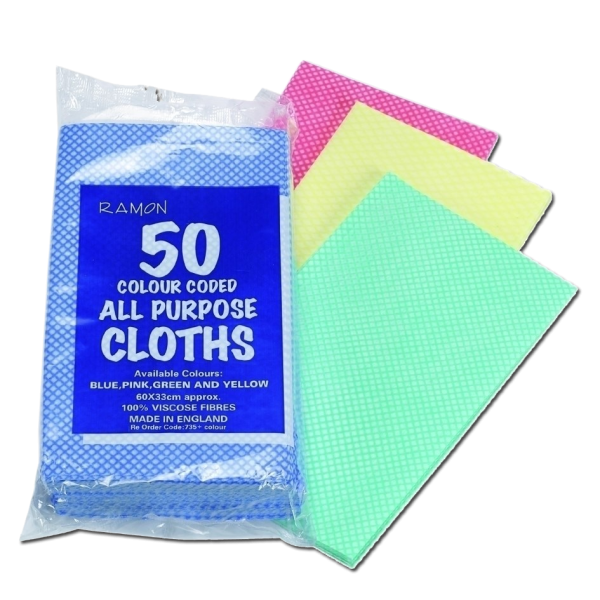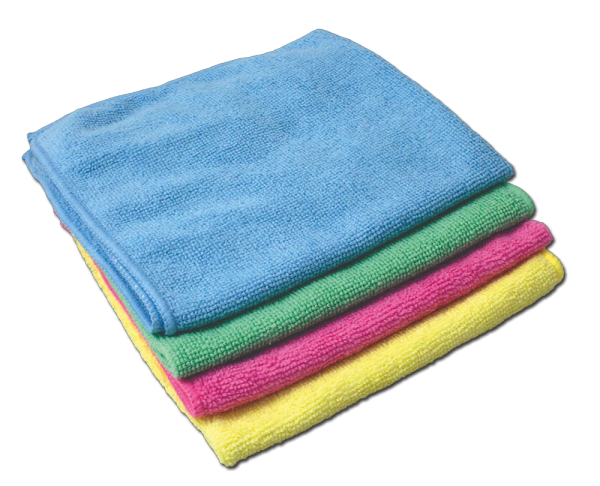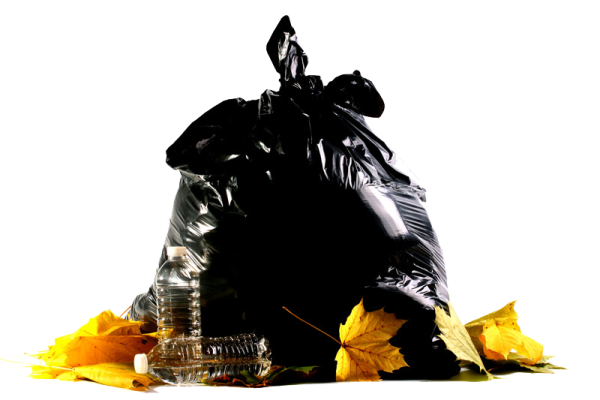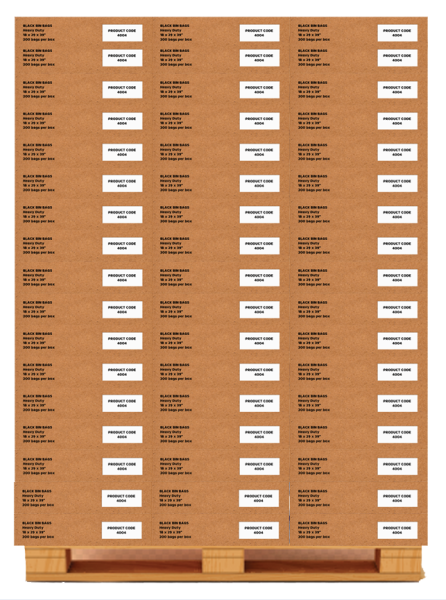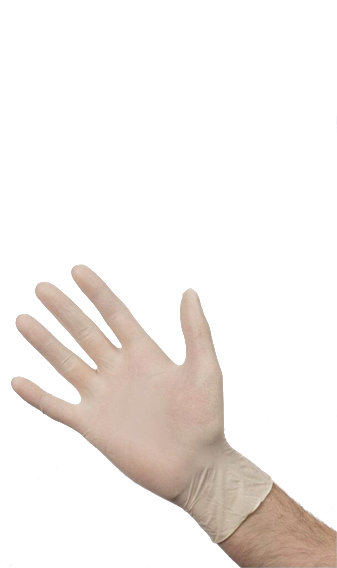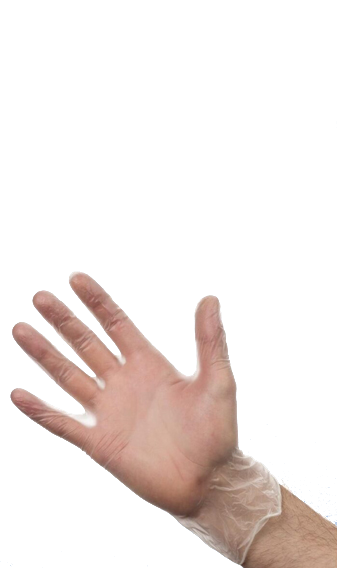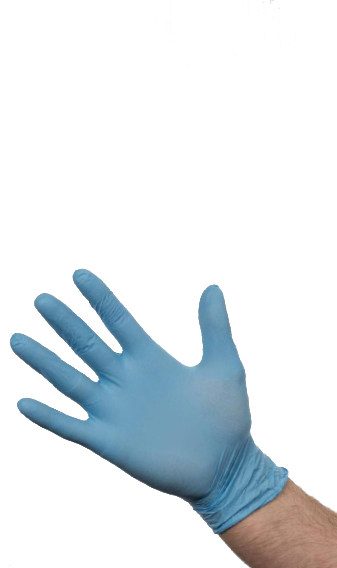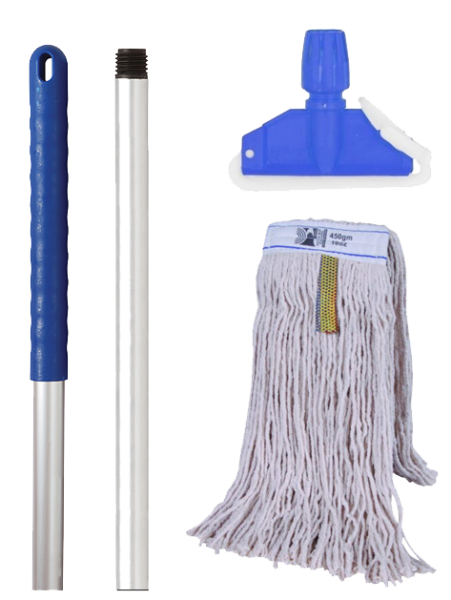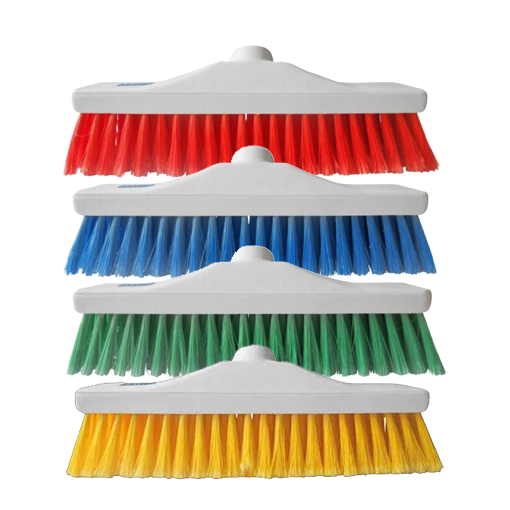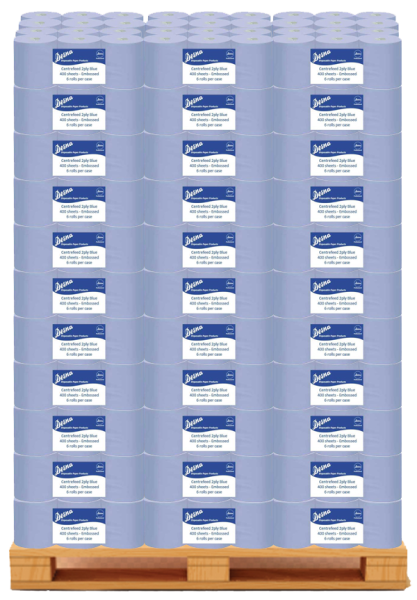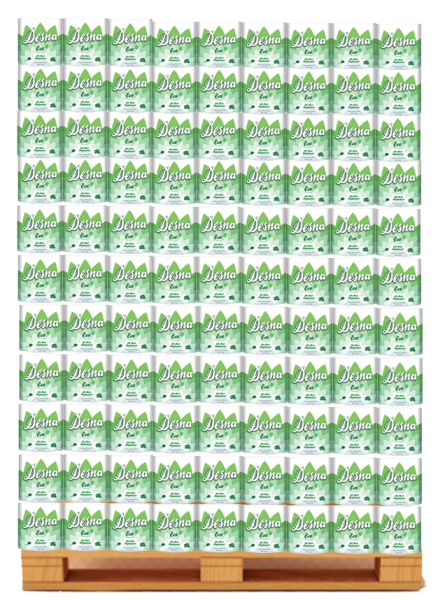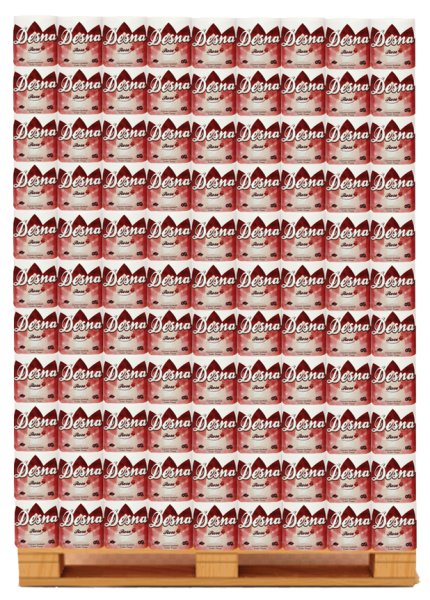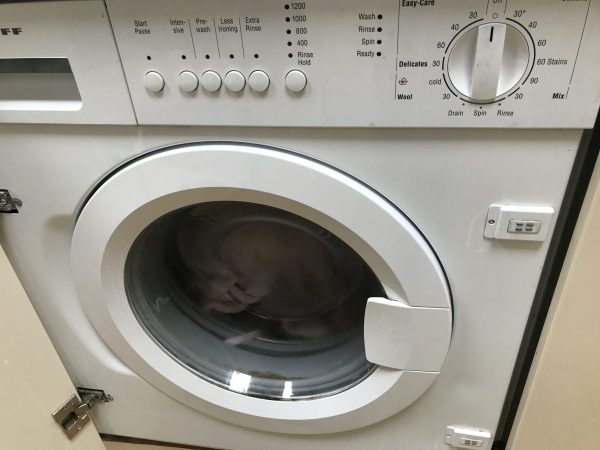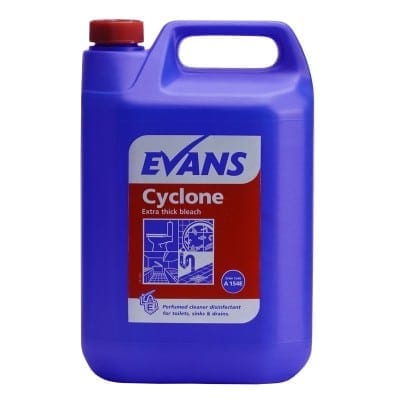Loorolls Blog
How To Clean & Maintain Washing Machines and How Often
Your washing machine works hard and therefore, cleaning your washing machine regularly will ensure that it not only launders your clothes efficiently, but also that it’s safe and hygienic.
Most of us don’t think about maintaining this machine until your washing machine is smelling worse than your laundry, this is a sign that a good scrubbing is well overdue. These smells are caused by laundry soils, pets laundry, detergent and hard-water minerals build up over time and these dump conditions that as a result cause mold and mildew to thrive mainly on the seals and door.
Check out this guide for tips on cleaning a front-loading washing machine.
Best Way to Clean a Washing Machine
It’s wise to read your washing machine’s manual for instructions on how to clean; as some manufacturers discourage the use of descaling products in their machines to preserve the electronic components and its circuits. In some cases, this may invalidate your warranty, so check before you do anything. As a rule of thumb, you start from outside going inside as it is easier to clean what you can see than what you can’t, so start with the visual areas.
How to Clean the Outside of a Washing Machine
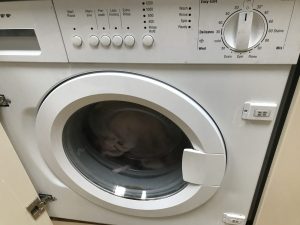
As any other appliance, please remove any removable knobs and wash them separately in the sink. Wipe down the exterior with high quality multi purpose cloths or j-cloth and all-purpose cleaner from Evans Vanodine which you can order today from our hygiene. If your washing machine is fitted as a kitchen installation try and move it carefully to inspect the pipes (drain and water) and at the same time vacuum and clean the area around it. At times like this when we need to maintain clean surfaces investing in a safe zone virucidal disinfectant is highly advisable especially if you use your machine for commercial laundry or have other people leaving outside your household using you washing machine too.
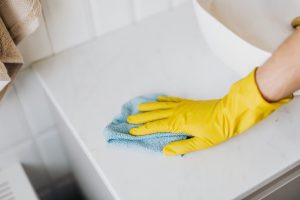
How to Clean Inside Your Washing Machine
Soap trays tend to hold a lot of residue especially if you tend to use laundry powder detergents. Arm yourself with rubber gloves and a scouring pad and a toothbrush and get scrubbing the smaller parts you cannot reach. I haven’t used a top loader therefore, for the purposes of this article I will only comment about the front loading washing machine. You can choose to use home remedies (like vinegar and bicarbonate of soda) to clean rubber seals or you can buy bleach and wipe it clean with a cloth. If you have pets like cats who like to mark their territory rather than use the best cat litter provided, and as well how much fur they shed. If you tend to clean their bedding in your washing machine you will need to do some regular cleaning as pets have stronger scents and will easily overpower our soft furnishings. You might want to consider using bleach to clean the inside which we will discuss in detail in the next section below.
Most modern front loaders have a trap door just at the bottom which acts as a trap / filter and you need to open it to remove any trapped debris for example human and pet hair, coins, buttons even small Lego pieces.
How to Clean the Wash Drum with Bleach
Add approximately half a cup of bleach directly into your washing machine’s drum, and half into your detergent drawer. Please don’t do eyeballing as this results in waste. Run an empty hot wash. If your machine can pause your wash, do this once its filled with water and let the drum soak for an hour. Then restart the cycle again.
Since we used bleach it is good practice to run an extra rinse cycle to remove all the bleach and once it’s finished, do a wipe down and also dry the seal inside.
Since we can never be too sure if the bleach was rinsed off completely, try and make the next wash a white only wash as they might benefit from the bleach residue left behind and this will also save your unexpected mishaps on your colour clothes.
How to clean the washing machine rubber seal
I have found loads of stuff on my rubber seal, from coins, hair, toys, and after awhile you won’t be surprised by dirty residue forming at the bottom of the seal. To clean this off, all you need is a damp soapy cloth and toothbrush. Lift the seal up and scrub gently with a toothbrush to remove the grime but be careful not to break the seal.
The best way to keep the rubber seal clean and free off mould and mildew is to ensure the washing machine is dry and this can be done by wiping down after finishing your daily wash and leaving a crack gap to let air into your washing machine. Always check that nothing has been deposited into the crevices between the seals.
How to stop washing machines smells
Now that you have cleaned your washing machine and made it look like a sparkly new machine, how do you ensure the bad smells do not return?
- After use, please keep the washing machine door open as this will prevent moisture developing and as a result prevent mould growing.
- Use correct detergent and amounts as excess detergent (powder mainly) causes build up of odours.
- Run your machine on high boil wash occasionally, ideally every two months.
- If you have small active creatures aka kids in your household or crazy adults who like doing tough mudder competitions on a weekend, brushing off excess dirt from muddy clothing before putting inside your appliance. Use stain booster remover to lift off any excess dirt to make clothes as clean as possible.
- Water softener should be used in hard water areas as this will help minimise the build-up of lime scale. You can check how hard the water you get using this resource page from Aquacare.
Summary
Most English people prefer using natural washing machine cleaners like vinegar to remove limescale and clean their machines, however, not every manufacturer approves of this and it could invalidate your warranty.
Clean your washing machine using the hottest washing cycle, with a detergent, bleach or natural products like vinegar. Dry it with a paper towel inside the drum and also externally to restore it to its former glory.
The four most important areas to ensure are cleaned include: rubber seal, drum, detergent drawer, and filter or residue trap.
Ensure you perform this maintenance and washing machine routines every 2 – 3 months for a healthy clean washing machine.

